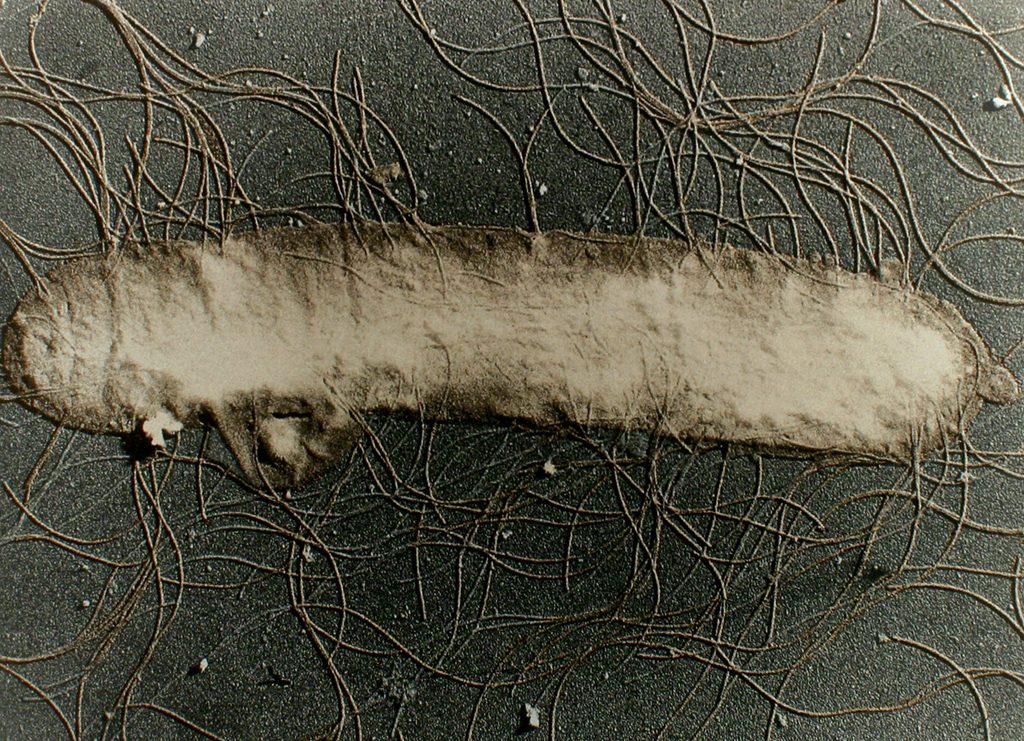
Photo: Sara Schodt
Artist Statement
Artist’s Statement
Inspired by a poem that deals with understanding the very fact of individual existence by polish poet Wistawa Szymborska called Among the Multitudes, my comps project contemplates Being, and specifically the way that people try to fathom and rationalize the arbitrariness of their particular individual existence in the midst of other existences. This line of thought is often considered “deep” or “philosophical” by people of privilege, but for people who have nothing and are daily confronted with people who have in excess, this question is one that they are revisited by many times each day.
This past summer, I lived in the crowded and noisy city of Quito, Ecuador, working every day with working street children in one of the poorest slums in the city. As I came to know each of my kids individually, spent time with their parents in the shacks and cardboard boxes along the street where they lived and worked, and navigated my way through the trash, smog, stray dogs and construction of the neighborhood, I again and again visited by troubling thoughts. I was haunted by a new ever-present awareness that my reality, as an American, was only one of many, absolutely arbitrary, and that I could lay no real claim to my good fortune for being born into relative wealth while my Ecuadorian kids were born into the worst kind of poverty. Fate or chance or destiny or coincidence had determined the life I was born into, but I had done nothing to deserve it any more than anyone else or more than any other existence; I could have just have easily been born into the street life of my kids in Ecuador, or as a bacterium swimming between two glass slides.
The body of my comps project exploring these themes is comprised of 16 sepia-toned black and white prints of microorganisms and of some of the children I worked with this summer. The images of bacteria were digitally shot with a special camera mounted to an ocular microscope, and then the resulting digital images were printed and re-shot with black and white negative film, which was then contact printed onto kodalith film. This produced a complementary positive, which was combined with the negative, offset slightly to enhance dimensionality, printed in the darkroom, and then selectively sepia toned. I chose to use a combined positive and negative to print the images because I thought it made the seemingly fantastical and elusive world of microorganisms more visually tangible and profound. The same process was repeated with the three images of the children, which were originally shot on a manual camera with color film, and then digitized and manipulated to remove the distracting backgrounds before being re-shot.
In the instillation of this piece, a series of photographic images is combined with five excerpts from the text of Szymborska’s poem; the words are screen printed onto plexiglass that is mounted over 5 of the images, and which physically runs diagonally down the middle of the display, in a sense the backbone of the piece. Each roughly 20 x 24-inch print is displayed behind a simple sheet of plexiglass; they are unmated and do not hang in typical “gallery layout,” evenly spaced at eye level, but rather in an organic way akin to how a group of microorganisms clumped on a slide might look. The prints are not meant to be examined each individually at close range, but instead to be taken in as a coherent group.